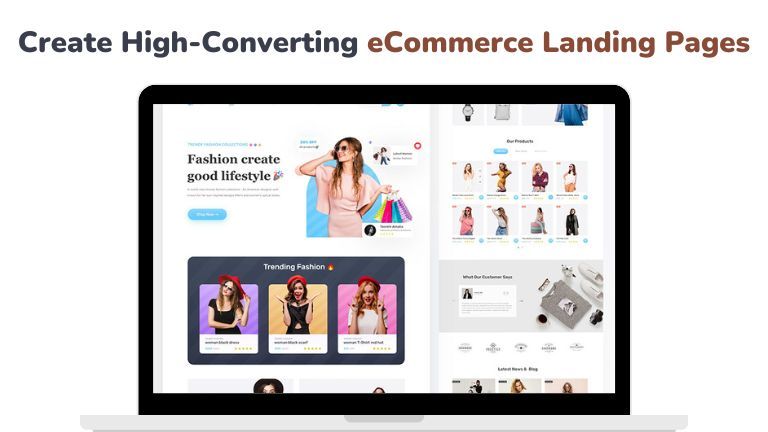In today’s digital age, having a high-converting e-commerce website is crucial for any business looking to succeed online. With the right design, content, and marketing strategies, you can create a website that not only attracts visitors but also converts them into loyal customers. In this article, we will explore the key elements of building a successful e-commerce website that drives sales and maximizes ROI.
Setting Up Your E-Commerce Platform
Before you can start creating a high-converting website, you need to choose the right e-commerce platform that suits your business needs. Whether you opt for Shopify, WooCommerce, Magento, or any other platform, make sure it offers seamless integration, mobile responsiveness, and easy customization options. Your platform should also support various payment gateways and provide a secure checkout process to build trust with your customers.
User-Friendly Design
The design of your e-commerce website plays a significant role in attracting and retaining customers. Make sure your website is visually appealing, easy to navigate, and mobile-friendly. Utilize high-quality images, clear product descriptions, and intuitive navigation to enhance the user experience. Implement a search bar, filters, and sorting options to help users find products quickly, increasing the chances of conversion.
Optimized Content
Creating compelling product descriptions, engaging blog posts, and informative guides can help you stand out from the competition and drive organic traffic to your website. Utilize SEO best practices to optimize your content for search engines and include relevant keywords to improve visibility. Use high-resolution images and videos to showcase your products and provide detailed information to help customers make informed purchasing decisions.
Social Proof and Trust Signals
Building trust with your customers is essential for converting visitors into buyers. Display customer reviews, testimonials, and ratings on your website to showcase the positive experiences of previous customers. Implement trust badges, secure payment icons, and SSL certificates to reassure customers that their data is safe and secure. Offer a hassle-free return policy and provide exceptional customer service to build credibility and trust with your audience.
Conversion Optimization
Optimizing your website for conversions is crucial for maximizing sales and ROI. Implement A/B testing to track the performance of different elements such as CTAs, product pages, and checkout process. Utilize heatmaps, analytics, and user behavior data to identify areas of improvement and optimize your website accordingly. Make it easy for customers to add products to their cart, checkout seamlessly, and complete their purchase without any obstacles.
Marketing and Promotion
Driving traffic to your e-commerce website is essential for generating sales and growing your business. Utilize digital marketing strategies such as SEO, SEM, social media, email marketing, and influencer partnerships to increase visibility and attract potential customers. Offer discounts, promotions, and personalized recommendations to incentivize purchases and encourage repeat business. Monitor the performance of your campaigns and adjust your strategies based on data and insights to optimize results.
Conclusion
Creating a high-converting e-commerce website requires a combination of strategic planning, creative design, optimized content, and continuous optimization. By focusing on user experience, trust signals, conversion optimization, and marketing strategies, you can build a successful website that drives sales and maximizes ROI. Remember to monitor your website performance, analyze customer behavior, and adapt your strategies to stay ahead of the competition and achieve long-term success in the digital marketplace.
Copyright © 2023 Your Company. All rights reserved.
